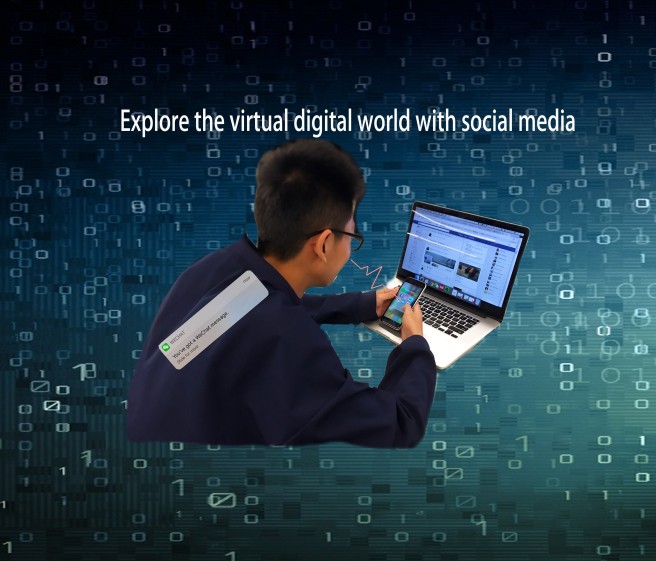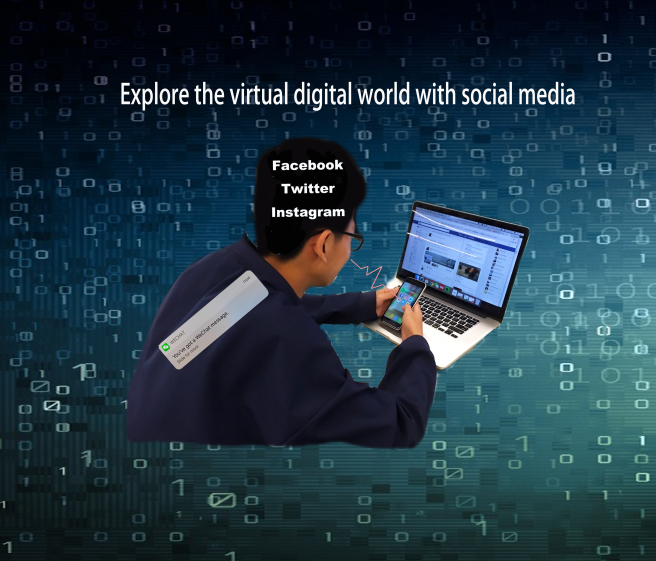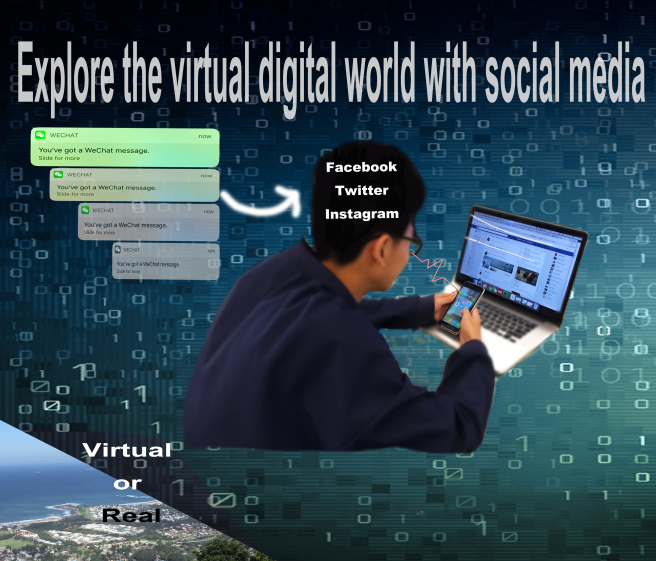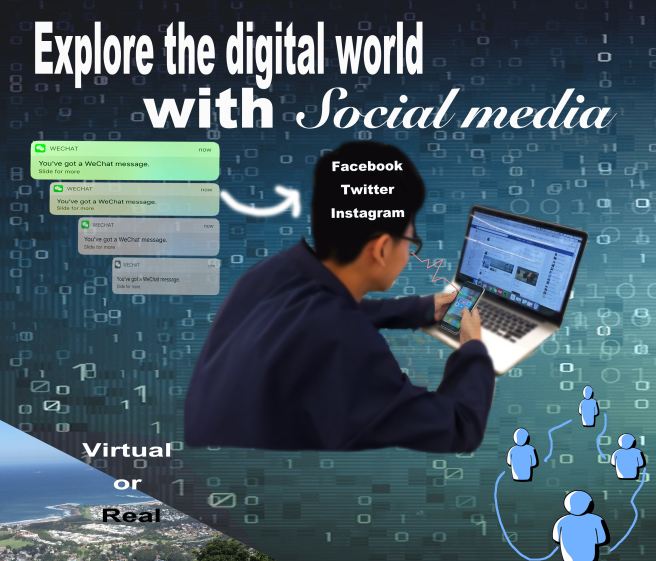With the popularity of digital devices, people have begun to live in the information age. Hartley (2009) states that the development of economy and technology has increased the frequency of multimedia use. This means that ordinary people can participate in the Internet. People can set up social networks, watch videos or learn online. Therefore, digital citizens to enhance the digital literacy to create the future of digital cultural society.
Hartley (2009) cites Hoggart’s argument that the popular media has experienced two changes, from television to Internet applications, which have had a profound impact on people’s lives. However, the Internet covers all aspects of social, political, economic and spiritual life, and it is still in development. Thus, people can make effective use of Internet society by improving their digital literacy. Hartley (2009) claims that the innovation of printing technology has directly promoted the reading ability of Europeans. The rise of civic literacy led to the emergence of news, the enlightenment and the industrial revolution. The reason seems to be obvious, the public uses the first few years of a new media, often profoundly affecting the overall development of the media in its subsequent decades. For this purpose, young people should start learning digital literacy.
On the other hand, digital literacy requires citizens to have critical thinking skills. Multiple studies have shown that remote education can establish the education model with critical thinking (Garrison, Anderson & Archer 2009). Therefore, digital technology solves the limitations of education distance. Citizens can promote critical thinking through digital education. Digital literacy is not just about the ability of citizens to use computer equipment, but citizens can use critical thinking to understand social problems.
In the deepening of globalisation, each country actively promotes the digital literacy education. Hartley (2009) describes that innovation is the driving force for national development. It is undeniable that the new century requires innovative talents to meet the economic development. The Australia government has invested a lot of money to popularize online education equipment (Cal& Bill, 2000). Hartley (2009) also states that one way is to use different media to improve the ability of citizens to innovate and increase their knowledge.
In conclusion, the Internet is a new media for people. It is the essential characteristic of participation mechanism. Therefore, by improving their digital literacy, the public can guide the future of the Internet and give new purpose to it. In the end, digital literacy needs our continuous popularization and promotion.
Reference lists:
Cal, D. & Bill, G. 2000, ‘Literacy and the new technologies in school education: Meeting the l(IT)eracy challenge? ‘, Australian Journal of Language and Literacy, vol. 23, no. 2, pp. 89-108
Garrison, D.R., Anderson, T. and Archer, W. 2001, ‘Critical thinking, cognitive presence, and computer conferencing in distance education’, American Journal of distance education, vol. 15, no. 1, pp. 7-23
Hartley, J. 2009, “Repurposing Literacy”, in The Uses of Digital Literacy, Queensland University Press, Qld. pp.1-38.






